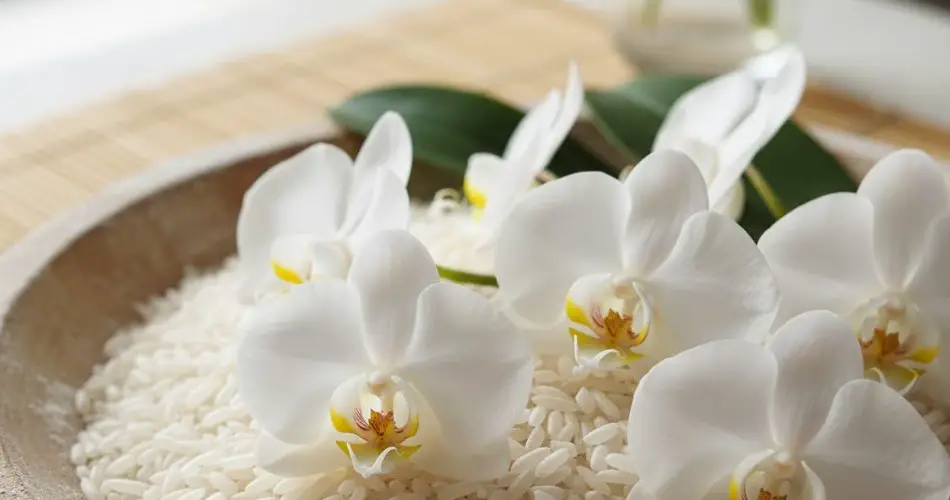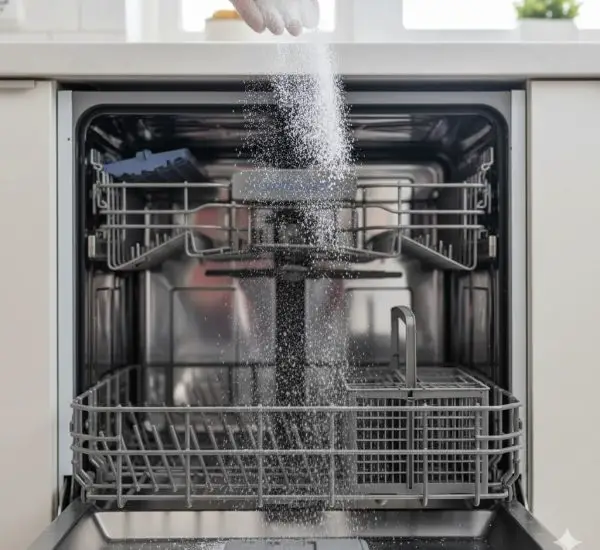For those who truly love plants and take pride in their green thumb, daily care is part of life. Gardeners and plant enthusiasts dedicate time, patience, and love to keep their plants healthy, vibrant, and — with the right tricks — even blooming outside their natural season.
The good news? You don’t always need to buy expensive fertilizers or chemical products to achieve stunning results. In fact, you can use simple, natural, and inexpensive ingredients that you probably already have in your kitchen. One of the most effective and completely eco-friendly solutions comes from something we all have in our pantry: rice.
Why Natural Remedies Are the Best Choice for Your Plants
Many people believe that keeping plants beautiful and healthy requires costly commercial fertilizers or specialized gardening products. However, these often contain synthetic chemicals that can be harmful to both your health and the environment.
Instead, using homemade, natural ingredients allows you to nourish your plants safely and sustainably. Household staples such as rice, eggshells, coffee grounds, and banana peels contain essential nutrients that plants love — and rice, in particular, is one of the easiest and most powerful natural fertilizers you can use.
This method costs practically nothing, yet it can revive tired plants, boost growth, and stimulate flowering even when the plant is out of season.
Understanding the Different Needs of Plants
Before exploring how to use rice effectively, it’s important to understand that not all plants have the same needs. Knowing what each species requires will help you get the best results from any natural fertilizer.
Some plants thrive indoors, while others prefer being outside. Certain species demand regular watering, whereas others — like succulents — need very little moisture, sometimes as rarely as once a month.
Light is another crucial factor. While some houseplants require bright, direct sunlight, others do better in shaded or low-light environments. Some varieties love warmth but suffer under intense heat.
So, before you plant or purchase a new plant, take time to research its specific needs. Each plant has its own ideal conditions for growth and flowering.
And most importantly — don’t underestimate the responsibility. Plants may not speak, but they require attention and care. Neglect them, and they will quickly show signs of stress or even die.
The Secret Ingredient for Lush, Blooming Plants: Rice
Among all the simple, natural remedies available, rice stands out as one of the most effective. This staple grain isn’t just good for your meals — it’s also an incredible ally for your plants.
Rice contains essential nutrients, particularly starch and minerals, which act as natural plant food. When used correctly, it helps nourish the soil, strengthen roots, and encourage healthy, abundant flowering.
During hot weather, rice also helps plants better withstand heat stress, making it a great fertilizer for spring and summer months.
How to Use Raw Rice as a Natural Fertilizer
The easiest method requires no preparation at all. Here’s how to do it:
-
Take a handful or two of raw rice — any kind will work, white or brown.
-
Sprinkle it evenly over the soil surface around your plants.
-
Gently cover it with a thin layer of soil to keep it from attracting insects or birds.
-
Water the plant as usual.
As the rice gradually breaks down, it releases its nutrients into the soil, providing a steady, gentle source of nourishment. Within a few days, you may begin to notice that your plants look healthier, greener, and more vibrant. Even those that seemed wilted or “dead” can start to revive thanks to this natural boost.
The Rice Water Method: A Liquid Fertilizer for Fast Results
If you prefer a liquid fertilizer that can be applied easily with a spray bottle, you can use rice water instead. This method extracts the beneficial properties of rice into water, creating a nutrient-rich solution that’s easy for plants to absorb.
Here’s how to make it:
-
Fill a glass or bowl halfway with uncooked rice.
-
Add water until the rice is completely covered.
-
Stir it gently for a few seconds to release the starch.
-
Let the mixture sit for about 30 minutes.
-
Strain the liquid to separate the rice from the water.
The resulting milky rice water is rich in minerals and vitamins. Pour it into a spray bottle and use it to mist your plants — both the leaves and the soil.
Alternatively, you can pour the water directly onto the soil, just like you would when watering. This will enrich the soil naturally, stimulate root growth, and promote flowering.
Why Rice Works So Well
Rice contains carbohydrates, amino acids, and small traces of nitrogen, phosphorus, and potassium — the three key elements found in commercial fertilizers. These nutrients help plants in several ways:
-
Nitrogen promotes lush green foliage.
-
Phosphorus supports strong root development and flowering.
-
Potassium enhances overall vitality and disease resistance.
When absorbed by the soil, these nutrients help your plants grow stronger, more resilient, and capable of blooming more frequently — even outside their typical growing season.
A Simple Routine for Stunning Results
To keep your plants healthy year-round, use rice water or raw rice fertilizer once every two weeks during the growing season. In the colder months, when most plants enter a dormant phase, you can reduce the frequency.
Always observe how your plants respond — if they seem especially lush and vibrant, you’ll know the method is working.
Combine this rice trick with other good habits such as proper watering, adequate light, and good air circulation, and you’ll have a garden or indoor space full of colorful, thriving plants.
The Bottom Line
You don’t need expensive fertilizers to keep your plants beautiful and strong. With just a handful of rice — one of the simplest and most affordable ingredients imaginable — you can give your plants the nutrients they need to flourish.
This natural method is eco-friendly, cost-free, and highly effective. Try it once, and you’ll be amazed at how your plants respond. Within just a few weeks, you’ll see new blooms, greener leaves, and a livelier, more vibrant garden — proof that sometimes the best secrets of nature are hidden in the simplest things.



